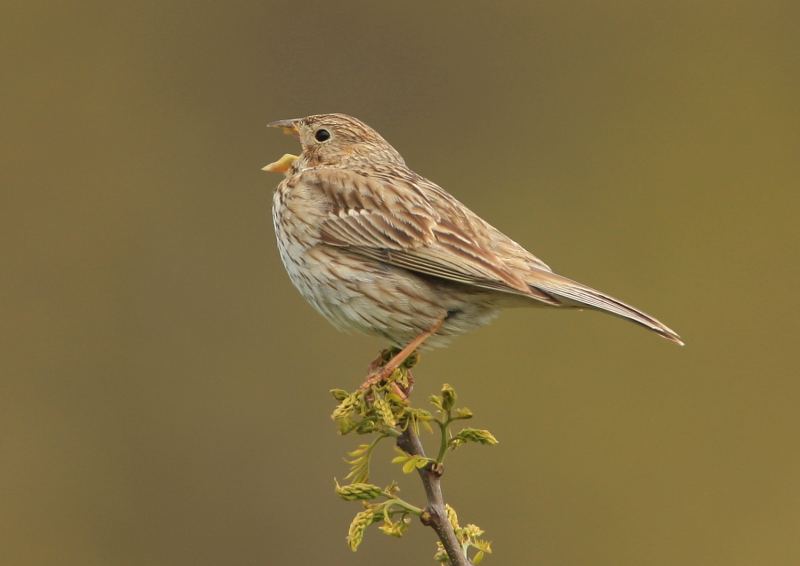
Farmers across the country are being urged to take part in the Big Farmland Bird Count (BFBC), which is back for the sixth successive year.
Sponsored by the NFU, the nationwide ‘citizen science’ project calls on farmers, land managers and gamekeepers to spend 30 minutes spotting species on their patch of land from 8-17 February 2019.
Crucially, the results will aim to distinguish which farmland birds are thriving due to good conservation efforts while identifying the ones in need of most help.
NFU President Minette Batters will be bird-spotting on the first day of the count on her Wiltshire farm.
Mrs Batters said: “The NFU is extremely pleased to be sponsoring the 2019 GWCT Big Farmland Bird Count. This event highlights perfectly how farmers balance excellent conservation work on farms across the country alongside producing the nation’s food.
“Over the past four decades, farmers have carried out a huge amount of work to encourage wildlife and are responsible for protecting, maintaining and enhancing 70% of the nation's iconic countryside.
“I would encourage as many farmers as possible to participate during the event in February as this is crucial in the survival and protection of many farmland bird species,” she said.
'Record-breaking'
Last-year saw a record-breaking 1,000 people take part in the count, recording 121 species across 950,000 acres.
A total of 25 red-listed species were recorded, with five appearing in the 25 most commonly seen species list. These include fieldfares, starlings, house sparrows, song thrushes and yellowhammers.
The most plentiful of these were fieldfares and starlings, which were seen on nearly 40% of the farms taking part.
Peter Thompson, who works as a biodiversity advisor at BFBC organisers Game & Wildlife Conservation Trust (GWCT), said: “Many, many farmers do lots on their farms to encourage wildlife, but when I give talks to the public, they always seem most surprised that this is the case.
“The big farmland bird count gives individual farmers the chance to spend just half an hour counting birds on their farm, so that the GWCT can shout from the roof-tops about your results.”
More farmers needed
However, Mr Thompson said hundreds more people should vow their support to the initiative.
He added: “Last year, just over a 1,000 people took part in the count, which on the face of it looks fantastic. However, there are around 212,000 farm holdings and around 3,000 full time gamekeepers in the UK (and a similar number who do the job part time).
“Therefore, less than one in every 200 (0.4%) of potential counters took part last year. Perhaps, this is why the public seem unaware of your efforts.”
At the end of the count, the results will be analysed by the Trust. All participants will receive a report on the national results once they have been collated.
Aside from the NFU being the main sponsor, the count is also being supported by FWAG, LEAF, Kings, Perdix and CLA.
